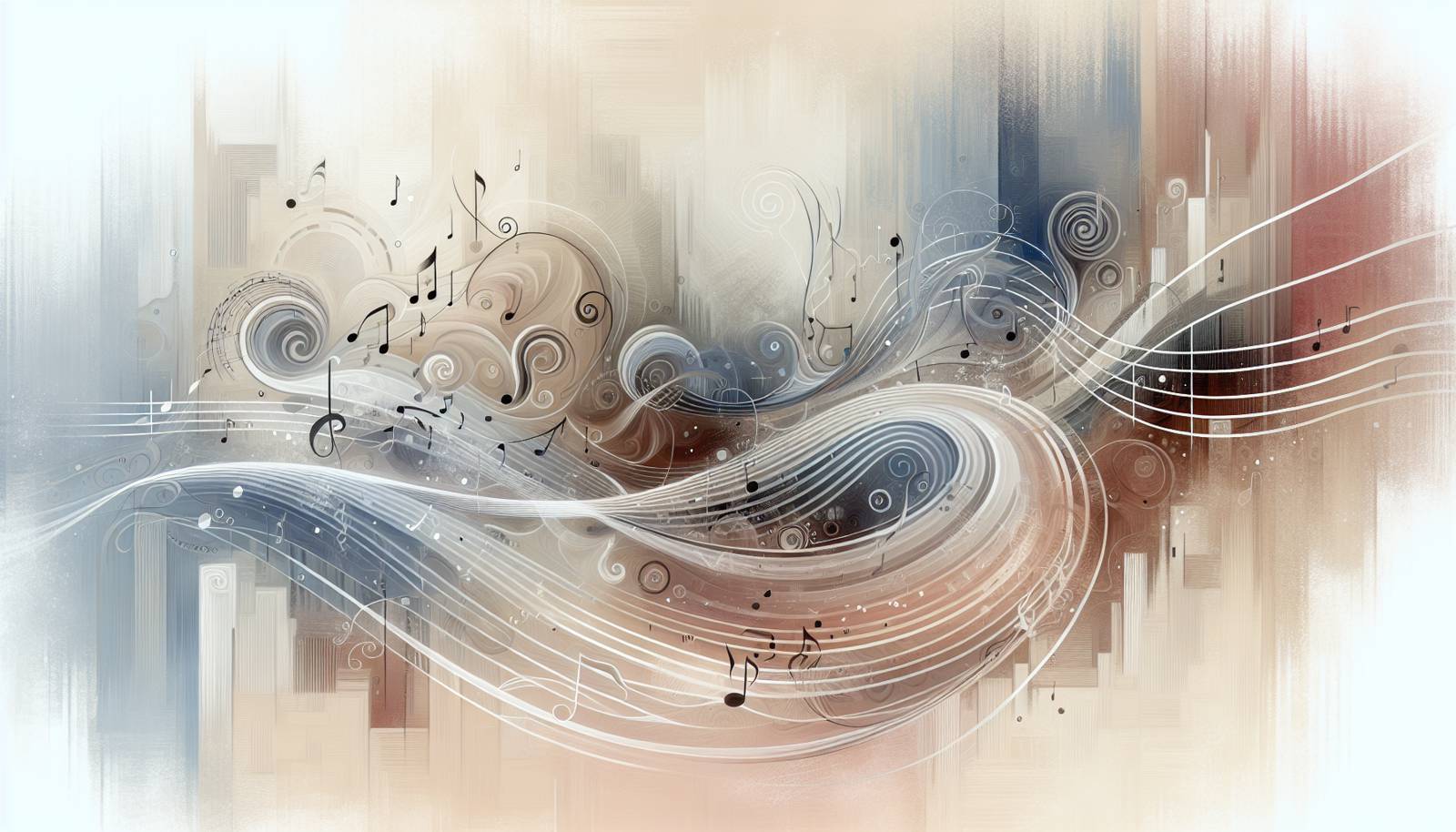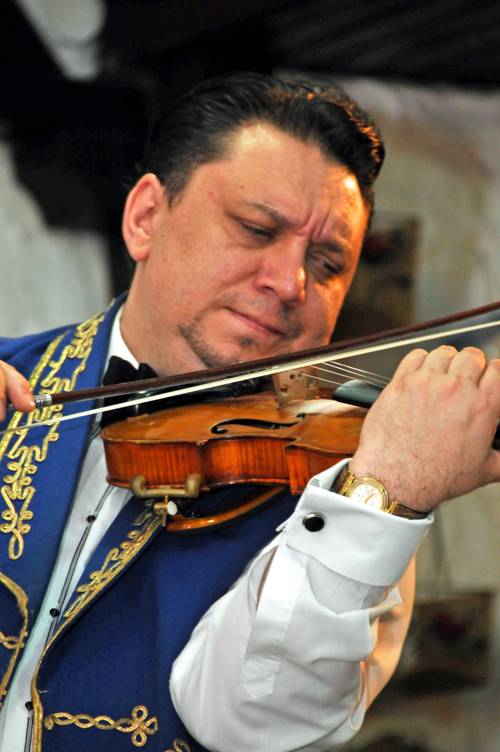
FAQ About The Influence of Roma Music on Global Musical Landscapes

What are the origins of Roma music?
Roma music traces its origins back to India, from where the Roma people migrated over a thousand years ago. Over time, their music has absorbed elements from various regions they have traveled through, including Eastern Europe, Spain, and the Balkans, resulting in a distinctive sound that reflects a blend of diverse cultural influences.

How has Roma music influenced flamenco?
Flamenco, a vibrant musical tradition originating from southern Spain, has been significantly influenced by Roma music. The Roma people, who have been part of Spanish culture for centuries, contributed to the development of flamenco through their unique rhythms, melodies, and soulful expressions. This integration has led to flamenco's distinctive emotive quality and rhythmical complexity.

What are the key characteristics of Roma music?
Roma music is characterized by its passionate expression, complex rhythms, and emotional depth. It often involves improvisation and showcases a wide range of instruments such as violins, accordions, and cimbaloms. The use of repetitive melodies, intricate ornamentation, and a vibrant performance style are also hallmark features of Roma music.

How has Roma music influenced jazz?
Roma music has influenced jazz, particularly in the genre known as Gypsy Jazz, spearheaded by artists like Django Reinhardt. This style merges Roma musical elements with American jazz, characterized by swing rhythms, improvisation, and the use of string instruments like the guitar and violin. This fusion has enriched the jazz soundscape with new textures and expressive possibilities.

What role does improvisation play in Roma music?
Improvisation is a central element in Roma music, allowing musicians to freely express their emotions and creativity. This practice involves spontaneous composition and embellishment, making each performance uniquely captivating. Improvisation highlights the technical skill of the musicians and is an important distinction of Roma music throughout its various genres.

In what ways has Roma music influenced klezmer music?
Roma music has significantly influenced klezmer, a musical tradition of the Ashkenazi Jews. The interaction between Roma and Jewish musicians in Eastern Europe led to a blending of styles. Roma music contributed lively dance rhythms and expressive techniques to klezmer, intensifying its emotional and festive qualities.

What instruments are commonly used in Roma music ensembles?
Common instruments in Roma music ensembles include the violin, cimbalom (a type of hammered dulcimer), accordion, guitar, clarinet, and double bass. These instruments are used to create the dynamic and emotive sounds typical of Roma music, often allowing for significant improvisation during performances.

How did the Roma music tradition develop in the Balkans?
In the Balkans, Roma music developed as a fusion of local folk tunes with traditional Roma elements. As Roma musicians traveled and performed throughout the region, they incorporated local instruments and scales into their music, creating distinct styles characterized by complex rhythms and emotional intensity, which are now integral to Balkan music.

What is the significance of Roma music in cultural identity?
Roma music plays a crucial role in the cultural identity of the Roma people. It is a means of preserving their history, traditions, and stories through music. It also serves as a form of expression and communication within the community, promoting solidarity and cultural pride despite external challenges and stereotypes.

How has Roma music influenced Eastern European music genres?
Roma music has greatly influenced Eastern European music by infusing traditional folk songs with new rhythms and improvisational styles. This has led to the creation of dynamic music genres, particularly in countries like Hungary, Romania, and Bulgaria, where Roma musicians are highly respected for their virtuosity and innovative contributions.

What impact has Roma music had on Western classical music?
Roma music has left its mark on Western classical music, notably inspiring composers like Franz Liszt and Johannes Brahms. Influences can be seen in the use of elaborate scales, dramatic shifts in tempo, and evocative expression. These elements, drawn from Roma musical traditions, have enriched classical compositions and expanded their emotional range.

What is Gypsy jazz and how does it relate to Roma music?
Gypsy jazz is a musical genre that originated in France during the 1930s, founded by the Romani guitarist Django Reinhardt. It blends elements of traditional Roma music with jazz, featuring distinctive swing rhythms, improvisational style, and acoustic string instruments. This genre highlights the creative interplay between Roma and mainstream jazz traditions.

How does Roma music reflect the history of its people?
Roma music reflects the history of its people through themes of migration, love, loss, and resilience. The emotional depth and expressiveness found in Roma music narrate the centuries-long journey and struggles of the Roma, serving as a form of storytelling that preserves their cultural heritage and communal experiences.

What are some notable Roma musicians who have impacted global music?
Notable Roma musicians include Django Reinhardt, a pioneer of Gypsy jazz; Esma Redžepova, known as the Queen of Romani music; and Taraf de Haïdouks, a renowned Romanian ensemble. These artists have greatly impacted global music by bringing Roma traditions to international platforms, influencing many across various genres.

How do Roma musicians adapt their traditional music in modern genres?
Roma musicians often adapt their traditional music into modern genres by incorporating contemporary instruments, electronic elements, or fusing with other musical styles like rock, pop, and jazz. This flexibility in adapting traditional sounds allows for innovation while still preserving the core essence of Roma music.

How does dance play a role in Roma music performances?
Dance is an integral part of Roma music performances, enhancing the musical experience with visual expression. Traditional dances, characterized by dynamic movements and rhythmic footwork, accompany the music, reflecting its emotive qualities. This synergy between dance and music is a crucial aspect of Roma cultural celebrations.

Why is Roma music considered diverse?
Roma music is considered diverse due to its ability to absorb and integrate musical elements from various cultures they come into contact with during their migrations. This results in a unique musical tapestry that varies significantly by region, marked by a rich combination of melodies, rhythms, and instruments.

What are some common themes found in Roma music?
Common themes in Roma music include love, freedom, hardship, and celebration of life. The lyrics often reflect the Roma's experiences, emotions, and stories, portrayed with deep emotional expressiveness and authenticity that resonate universally.

How is Roma music preserved and passed down through generations?
Roma music is traditionally preserved and passed down orally through generations, often within family and community settings. Musicians learn through observation and imitation, with an emphasis on improvisation and personal interpretation. This oral tradition ensures the continuity and evolution of Roma music across generations.

How does Roma music contribute to cultural diversity?
Roma music contributes to cultural diversity by bringing a rich tapestry of sounds, styles, and stories to the global stage. It fosters cross-cultural exchanges, enriching global music with its unique fusion of elements from various regions and traditions, and promoting understanding and appreciation of the Roma culture.
